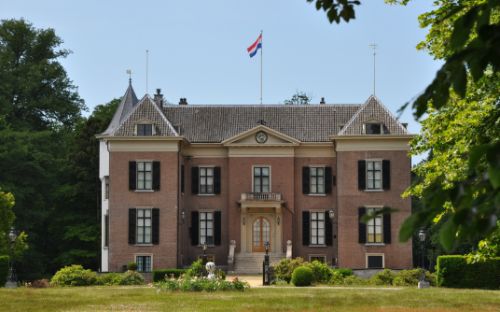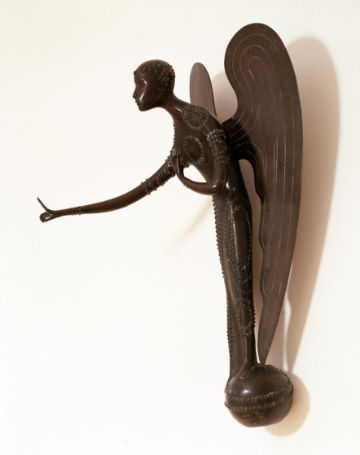Huis Doorn and its collection
Huis Doorn is a water castle from the 14th century that was rebuilt as an elegant villa at the end of the 18th century. The interior originates from the imperial palaces in Potsdam and Berlin. The interior illustrates how royal families lived. In addition there are imperial art objects on display.
History & Anthropology Castle Garden & Park War Historic house
#5 History & Anthropology in Province of Utrecht #2 Castle in Province of Utrecht #2 Gardens & parks in Province of Utrecht #2 Historic houses in Province of Utrecht #2 War museums in Province of Utrecht #54 History & Anthropology in the Netherlands #4 Castle in the Netherlands #12 Gardens & parks in the Netherlands #23 Historic houses in the Netherlands #12 War museums in the Netherlands
































